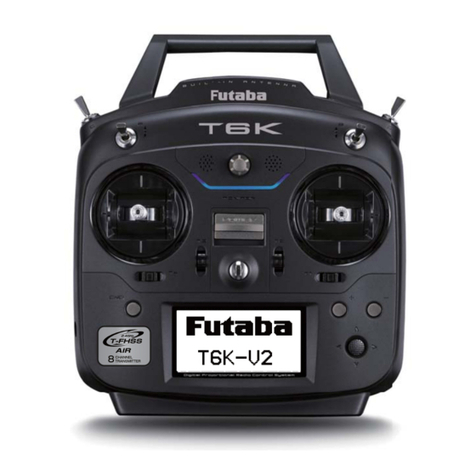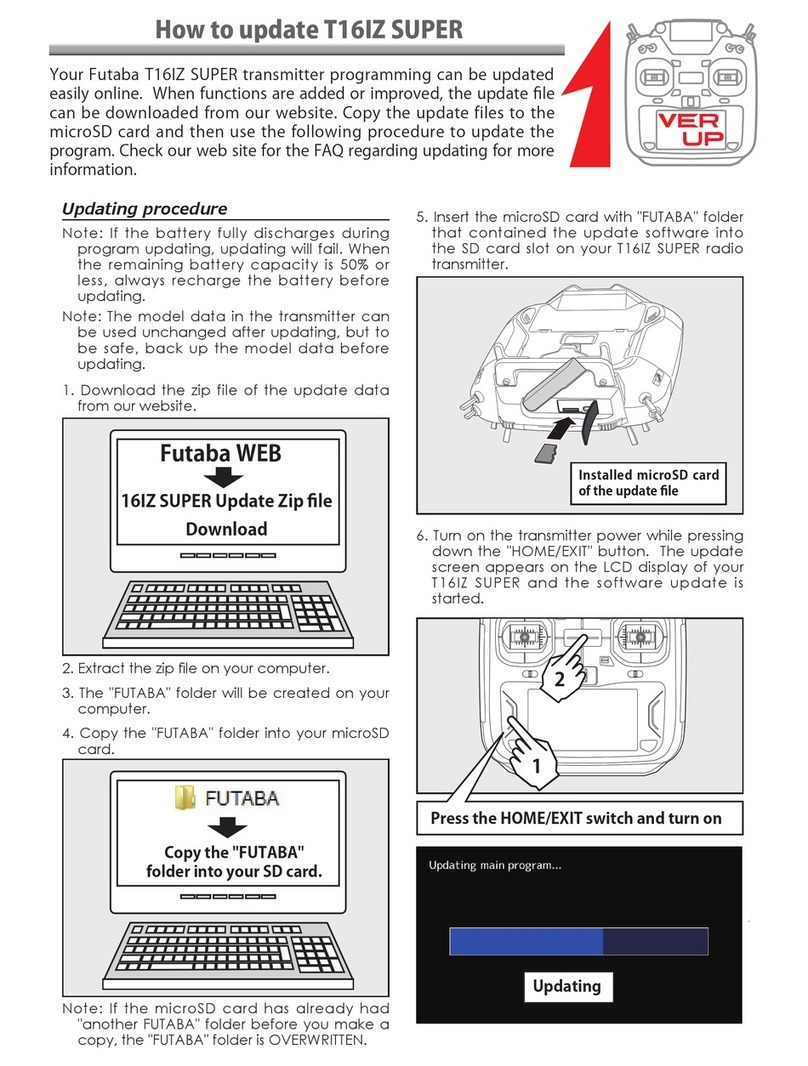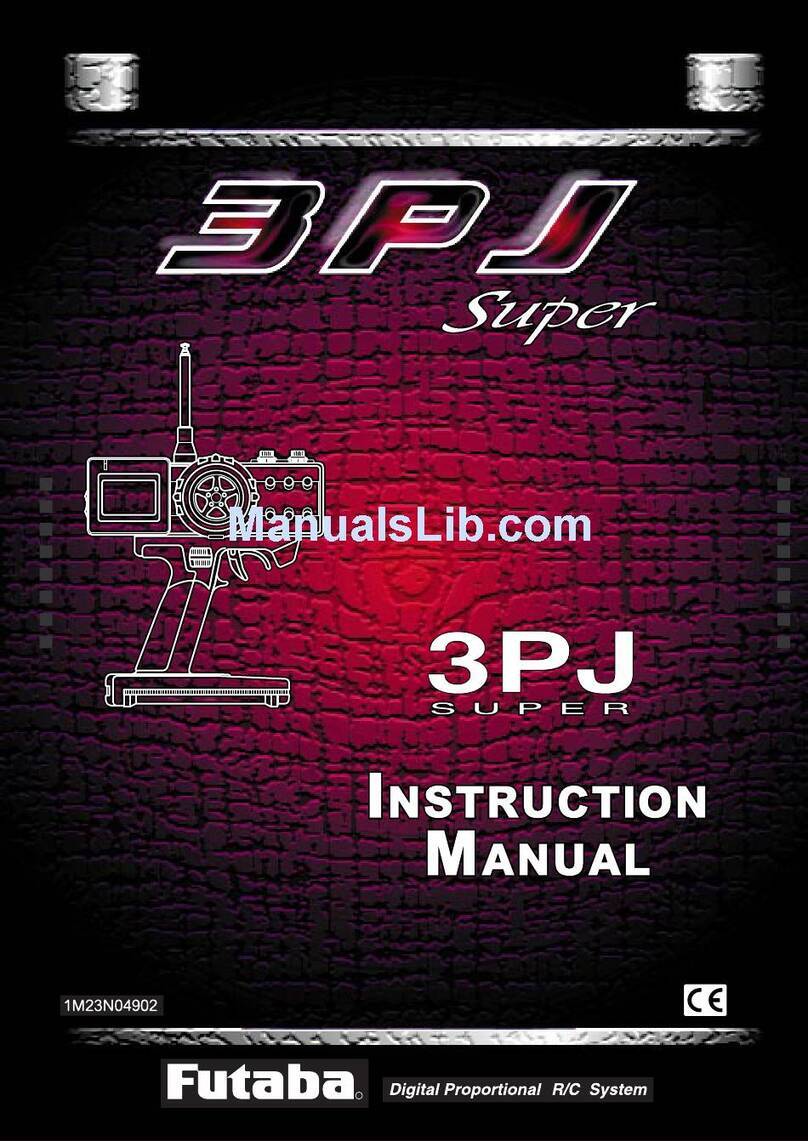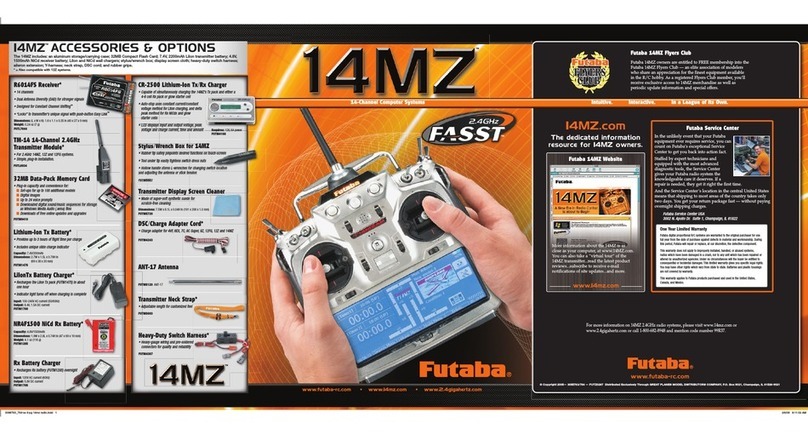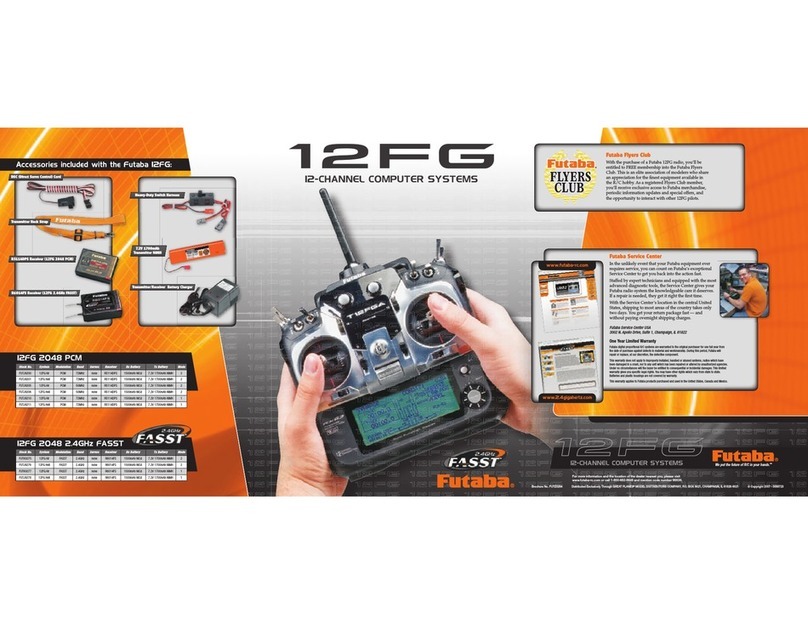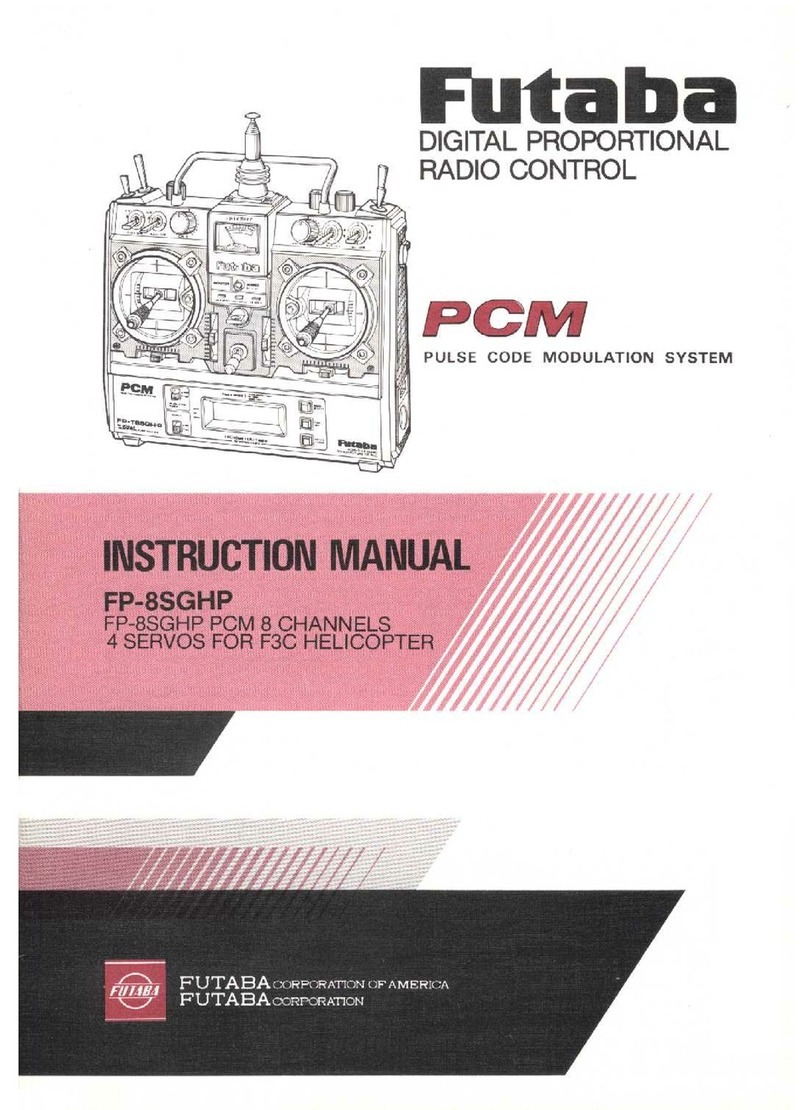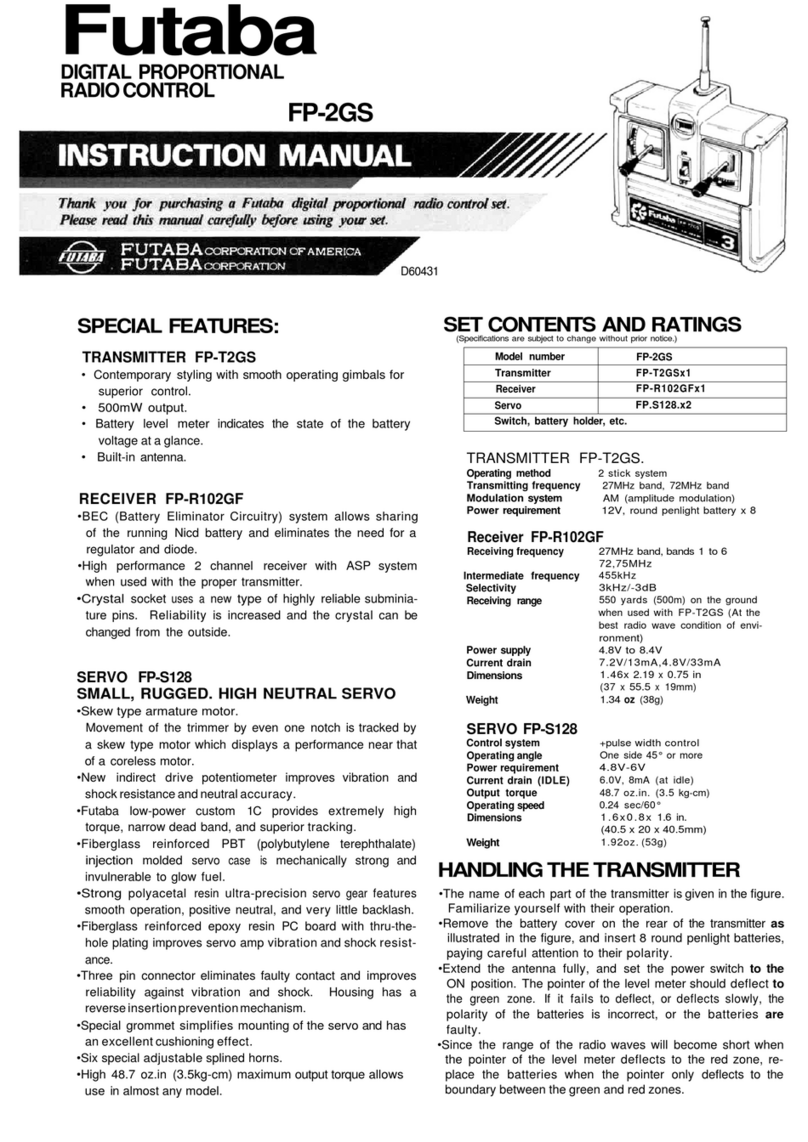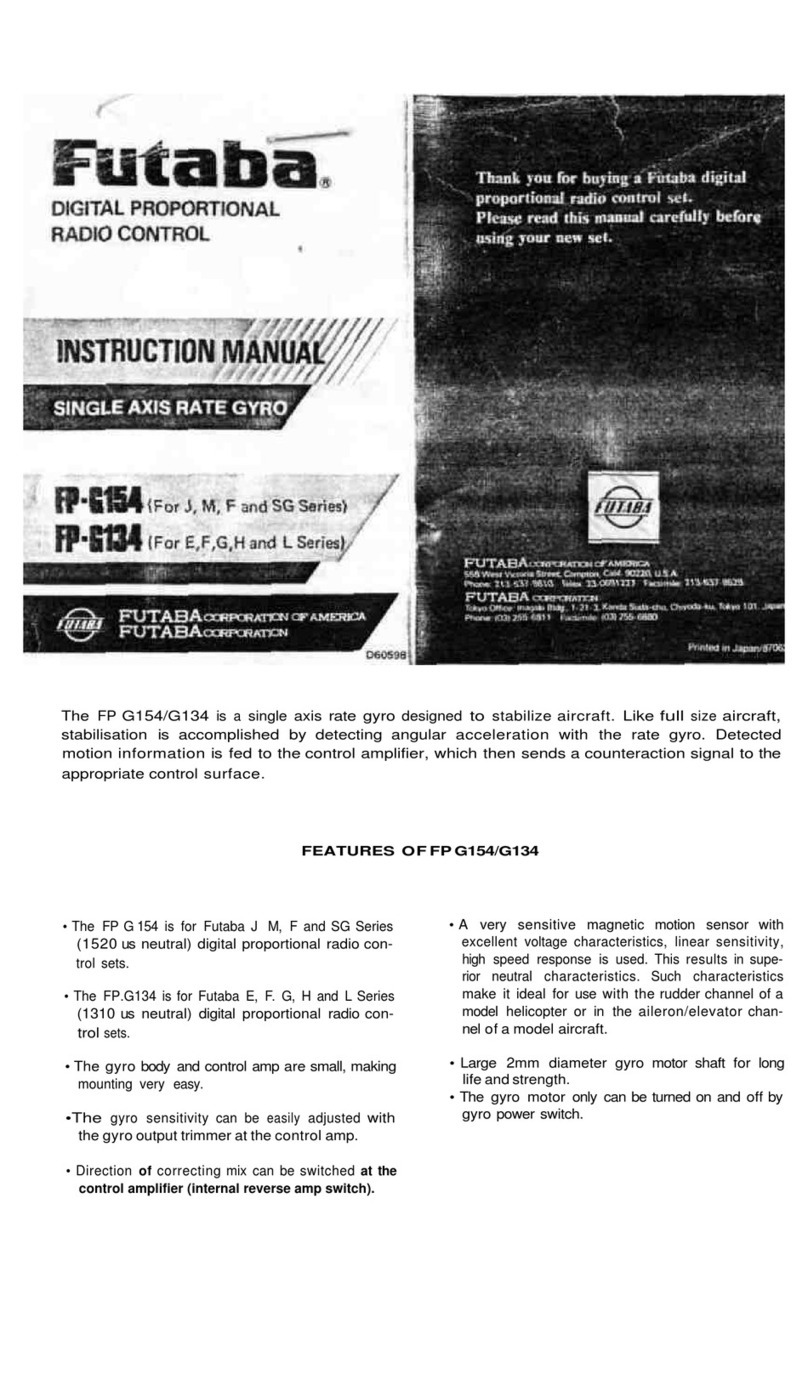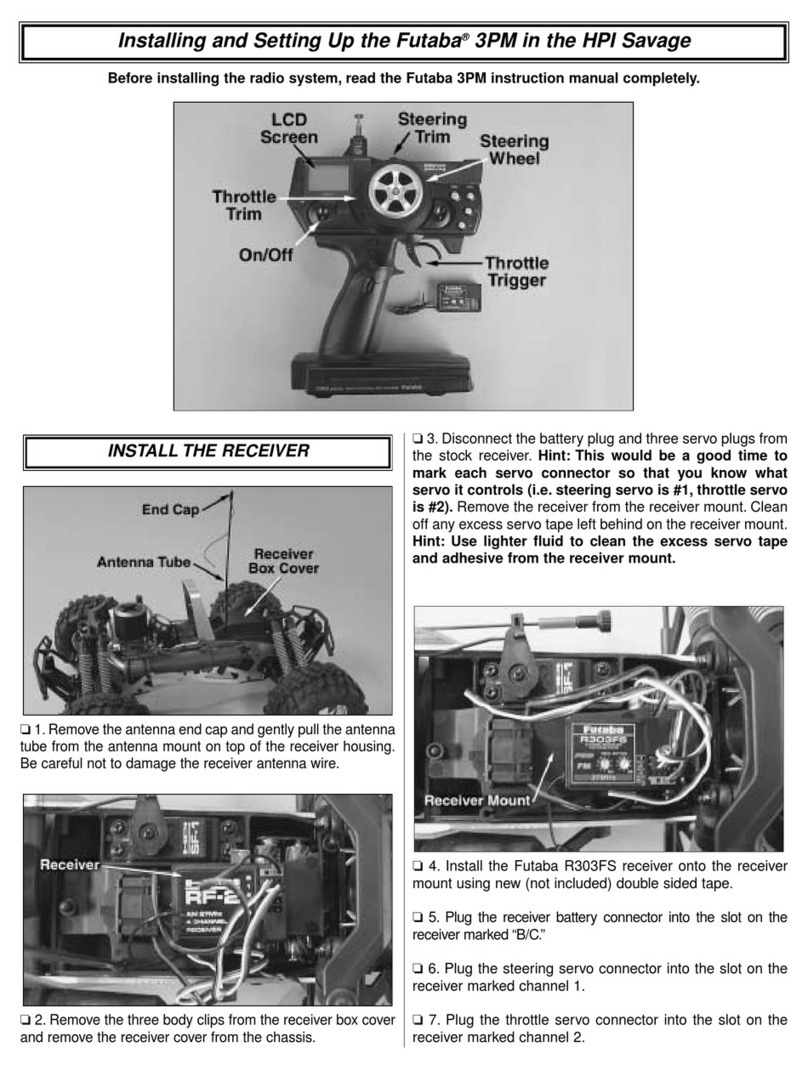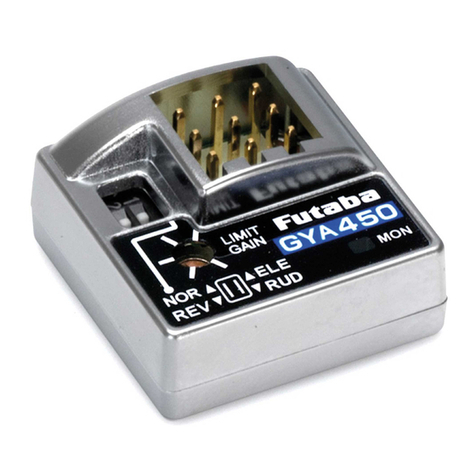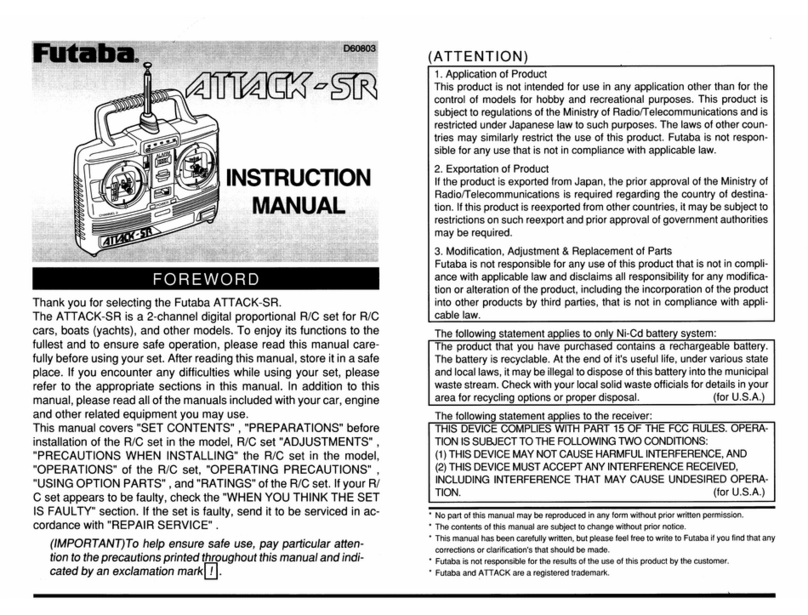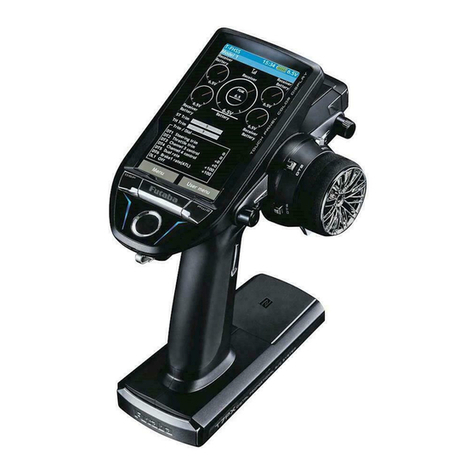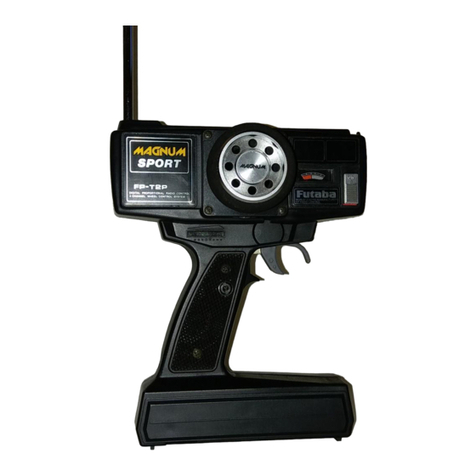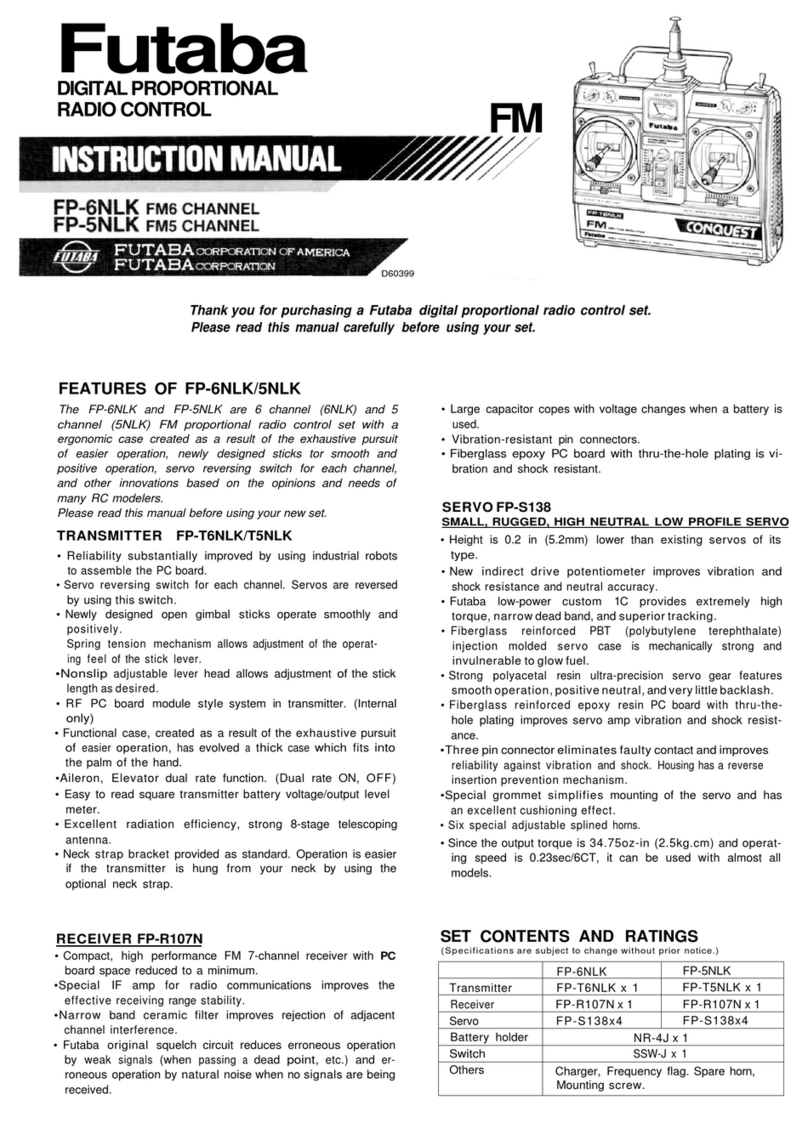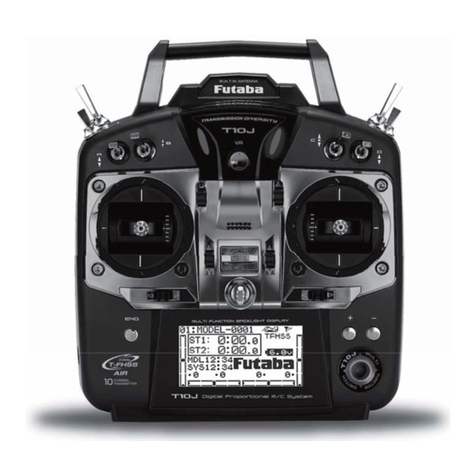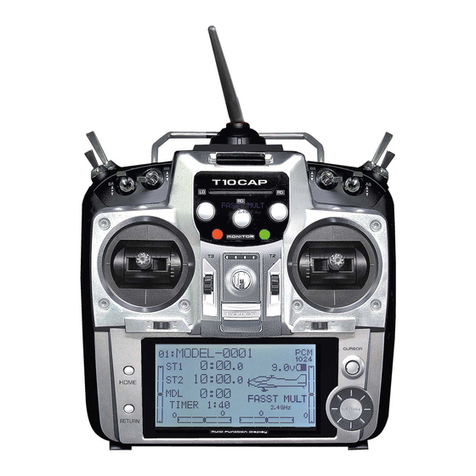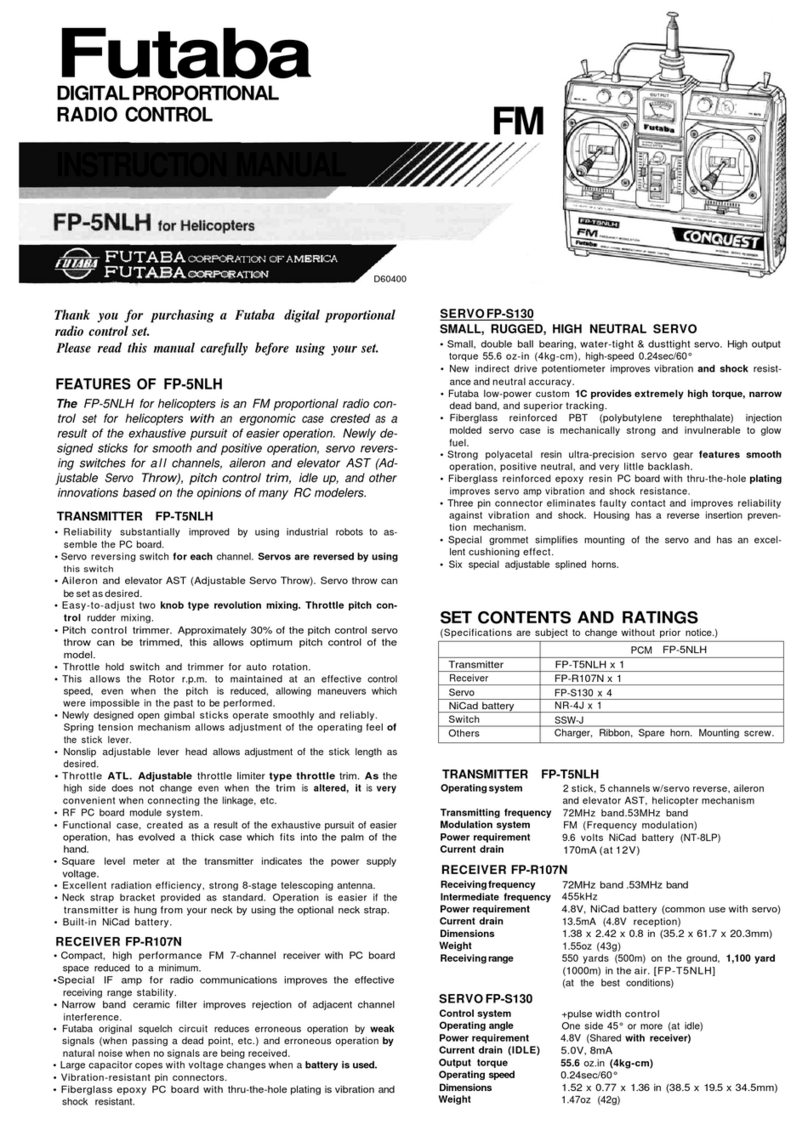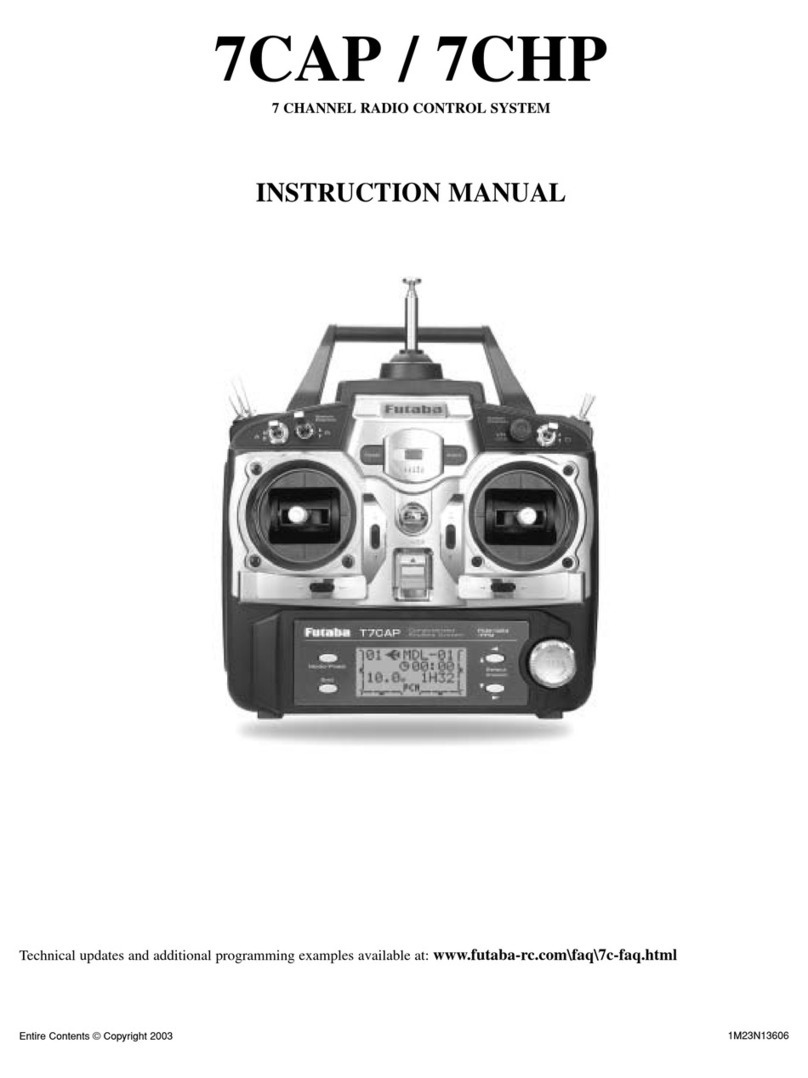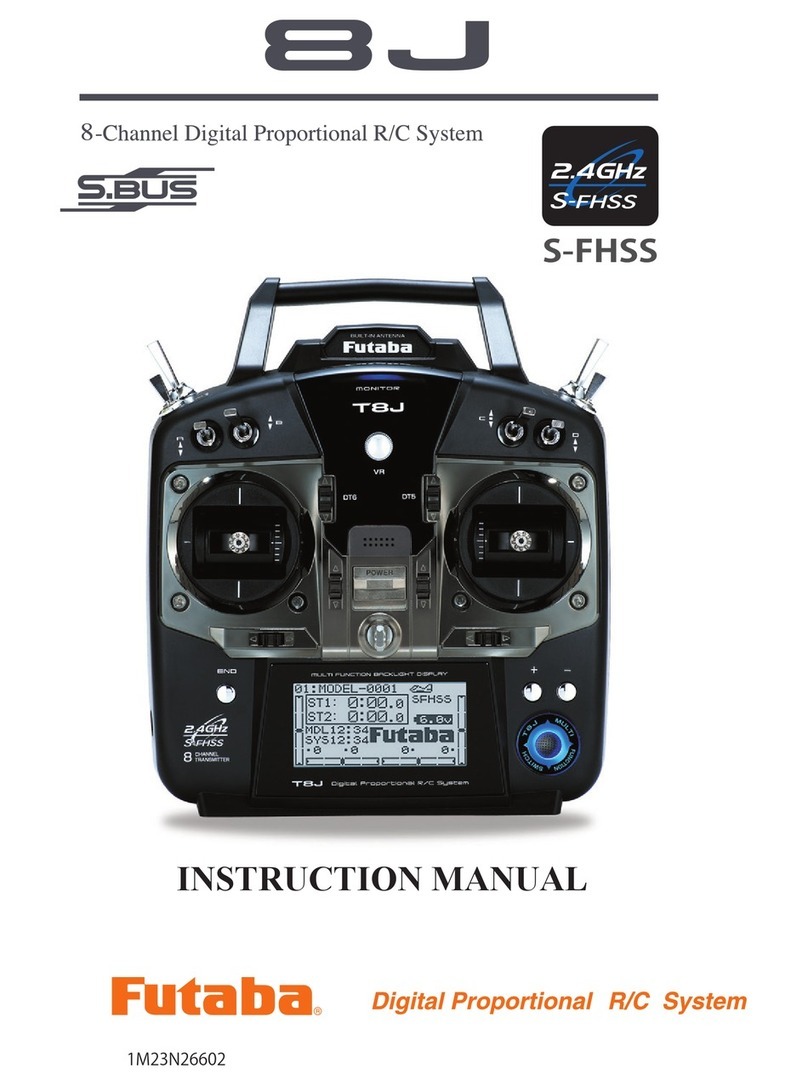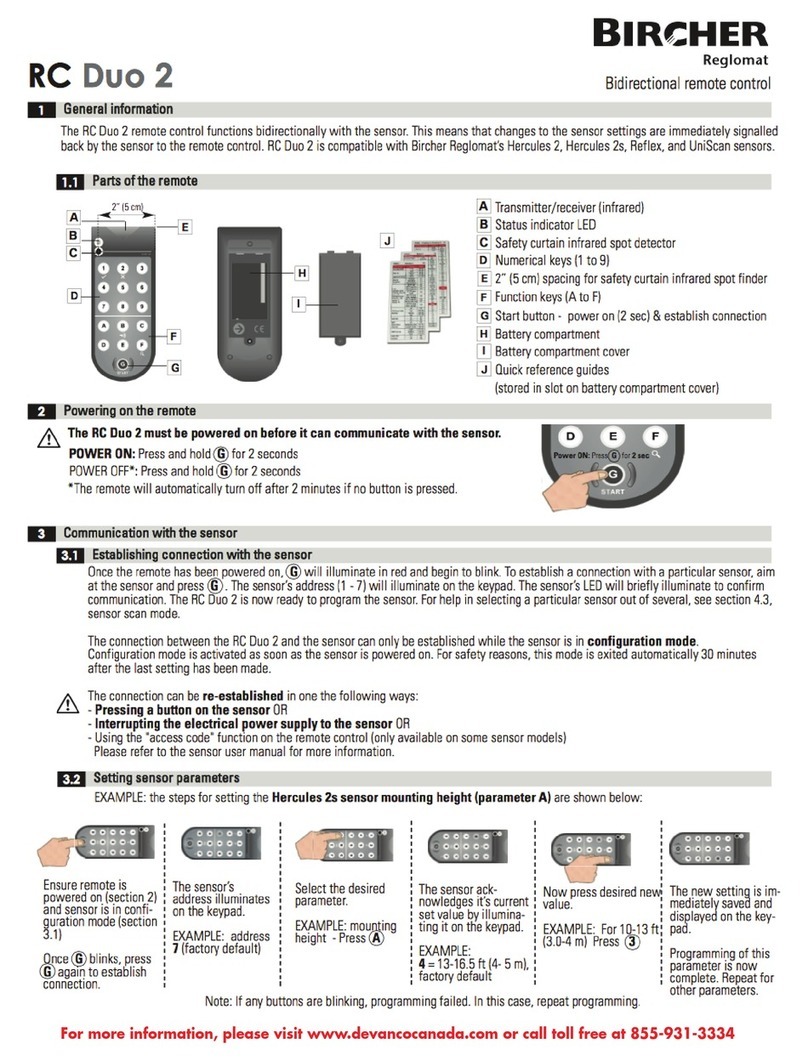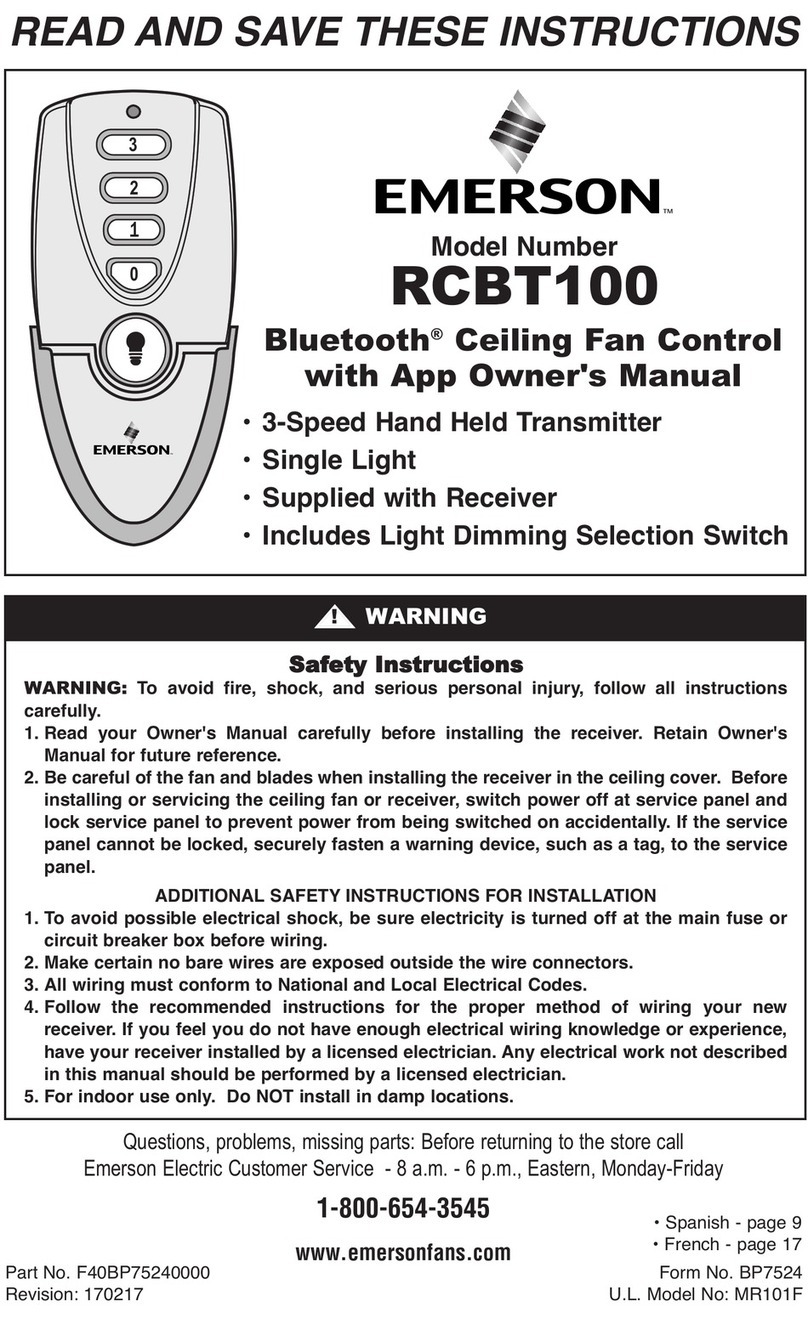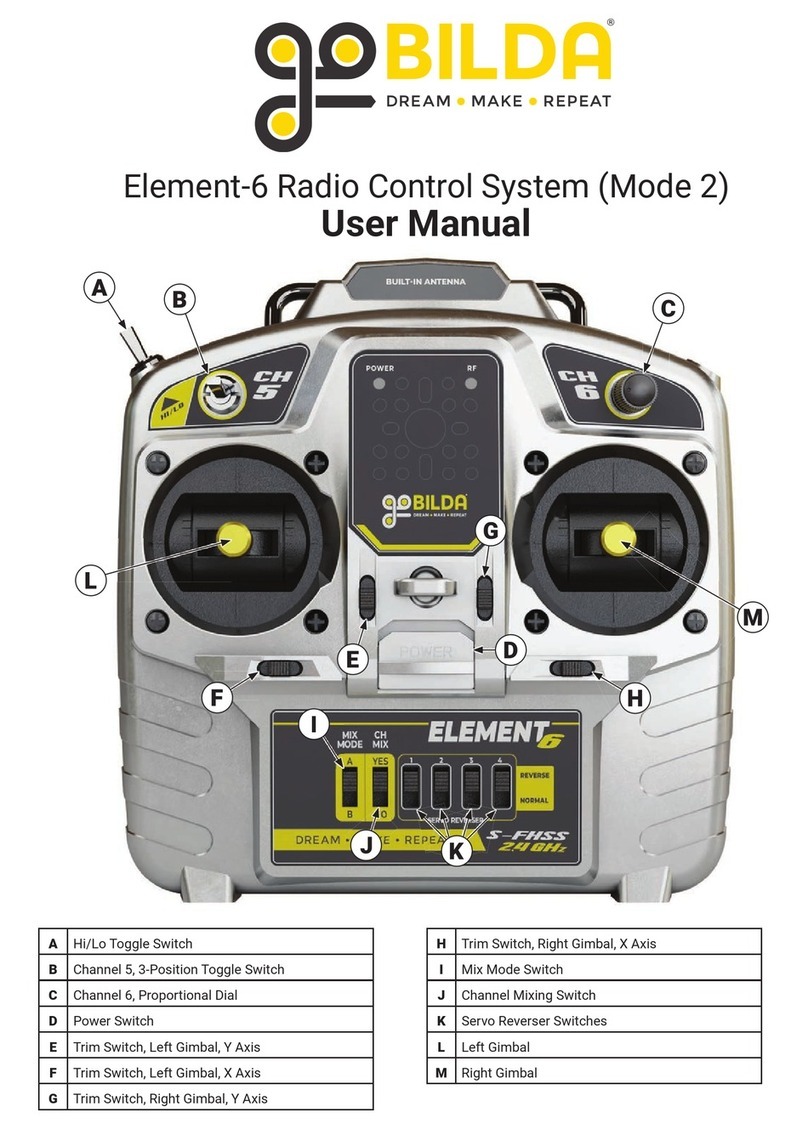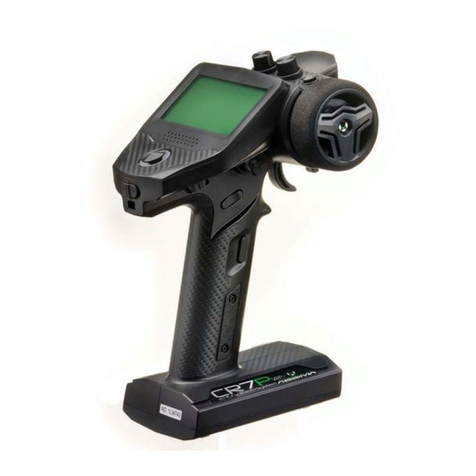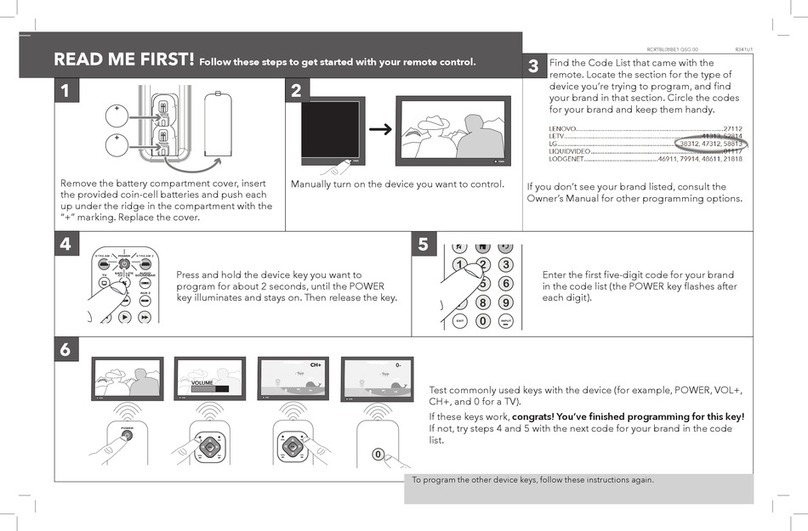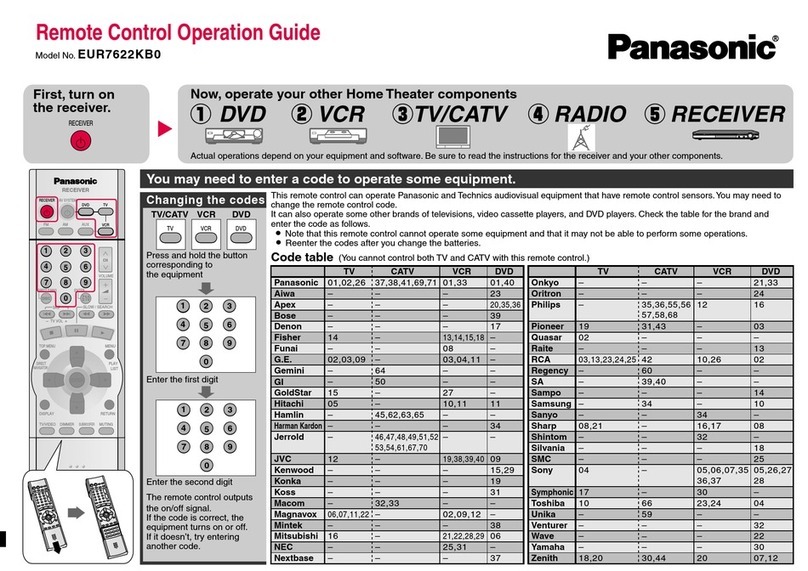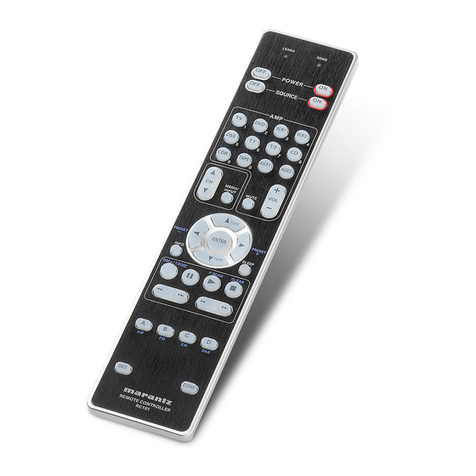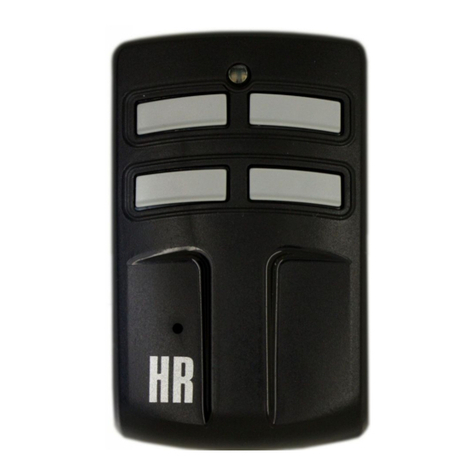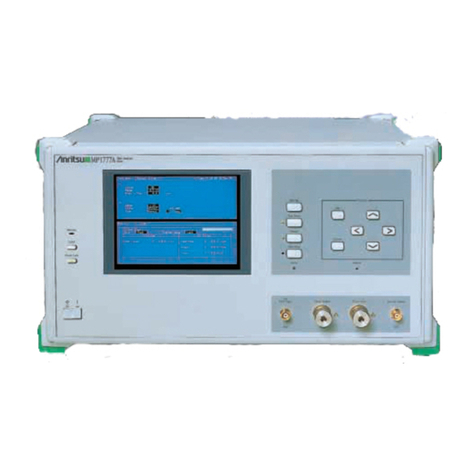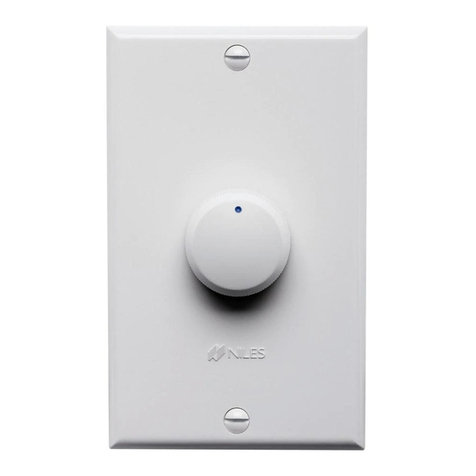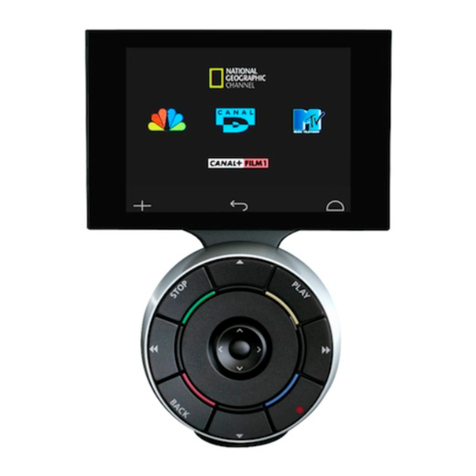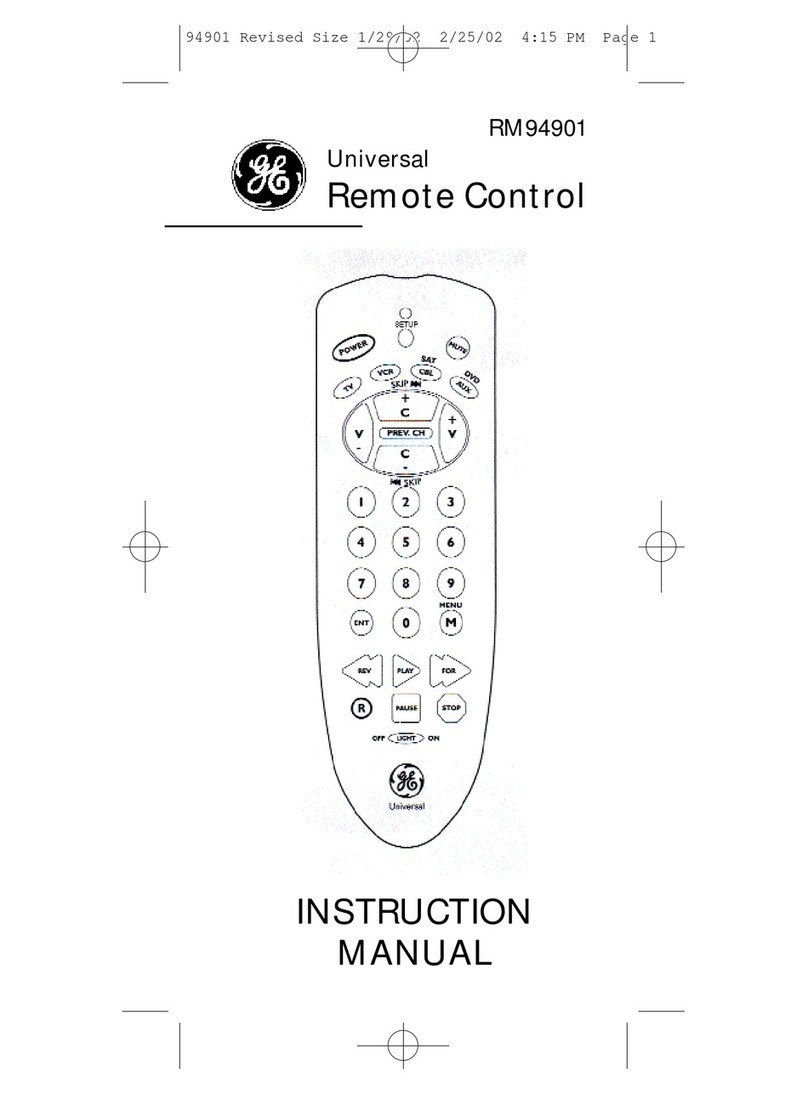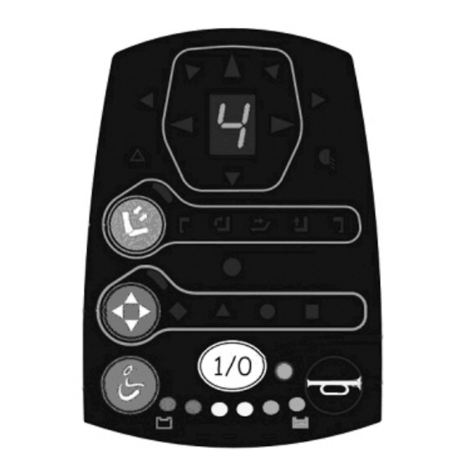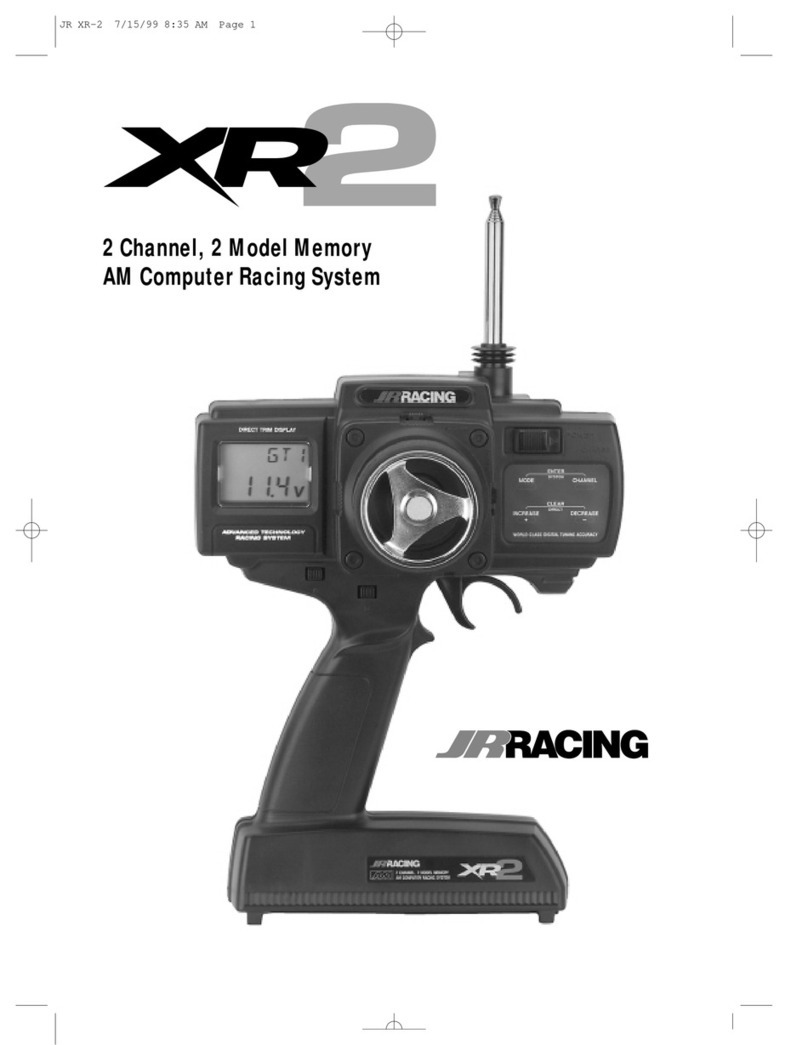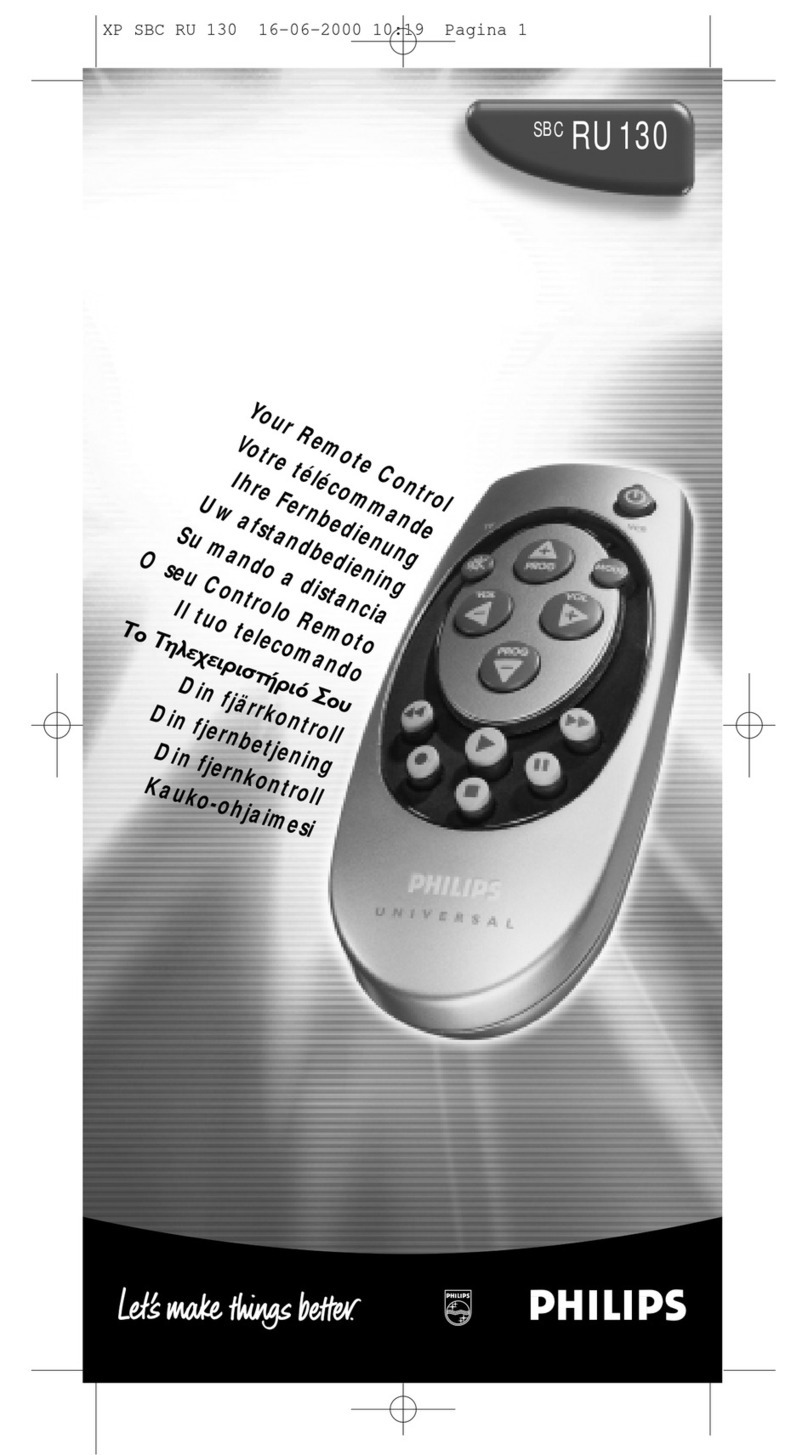Thank you for purchasing a Futaba 3PM.
Before using your 3PM, read this manual carefully and use your R/C set safely.
After reading this manual, store it in a safe place.
Application, Export, and Modification
1. This product may be used for models only. It is not intended for use in any application other than the
control of models for hobby and recreational purposes. The product is subject to regulations of the
Ministry of Radio/Telecommunications and is restricted under Japanese law to such purposes.
2. Exportation precautions:
(a) When this product is exported from the country of manufacture, its use is to be approved by the laws govern-
ing the country of destination which govern devices that emit radio frequencies. If this product is then re-
exported to other countries, it may be subject to restrictions on such export. Prior approval of the appropriate
goverment authorities may be required. If you have purchased this product from an exporter outside your coun-
try, and not the authorized Futaba distributor in your country, please contact the seller immediately to determine
if such export regulations have been met.
(b) Use of this product with other than models may be restricted by Export and Trade Control Regulations, and
an application for export approval must be submitted. In the US, use of 72MHz (aircraft only), 75MHz (ground
models only) and 27MHz (both) frequency bands are strictly regulated by the FCC. This equipment must not be
utilized to operate equipment other than radio controlled models. Similarly, other frequencies (except 50MHz,
for HAM operators) must not be used to operate models.
3. Modification, adjustment, and replacement of parts: Futaba is not responsible for unauthorized
modification, adjustment, and replacement of parts on this product. Any such changes may void the
warranty.
Compliance Information Statement (for U.S.A.)
This device, trade name Futaba Corporation of America, model number R133F and R303FS comply
with part 15 of the FCC Rules. Operation is subject to the following two conditions:
(1) This device may not cause harmful interference, and
(2) This device must accept any interference received, including interference that may cause undesired
operation.
The responsible party of this device compliance is;
Futaba Corporation of America
2865 Wall Triana Highway, Huntsville, Alabama 35824, U.S.A.
TEL (256) 461 - 7348
Battery Recycling (for U.S.A.)
The RBRCTM SEAL on the (easily removable) nickel-cadmium battery contained in
Futaba products indicates that Futaba Corporation of America is voluntarily participating
in an industry program to collect and recycle these batteries at the end of their useful
lives, when taken out of service within the United States. The RBRCTM program provides
a convenient alternative to placing used nickel-cadmium batteries into the trash or mu-
nicipal waste system, which is illegal in some areas.
You may contact your local recycling center for information on where to return the spent battery.
Please call 1-800-8-BATTERY for information on Ni-Cd battery recycling in your area. Futaba Cor-
poration of America's involvement in this program is part of its commitment to protecting our environ-
ment and conserving natural resources.
NOTE: Our instruction manuals encourage our customers to return spent batteries to a local recycling
center in order to keep a healthy environment.
RBRCTM is a trademark of the Rechargeable Battery Recycling Corporation.
